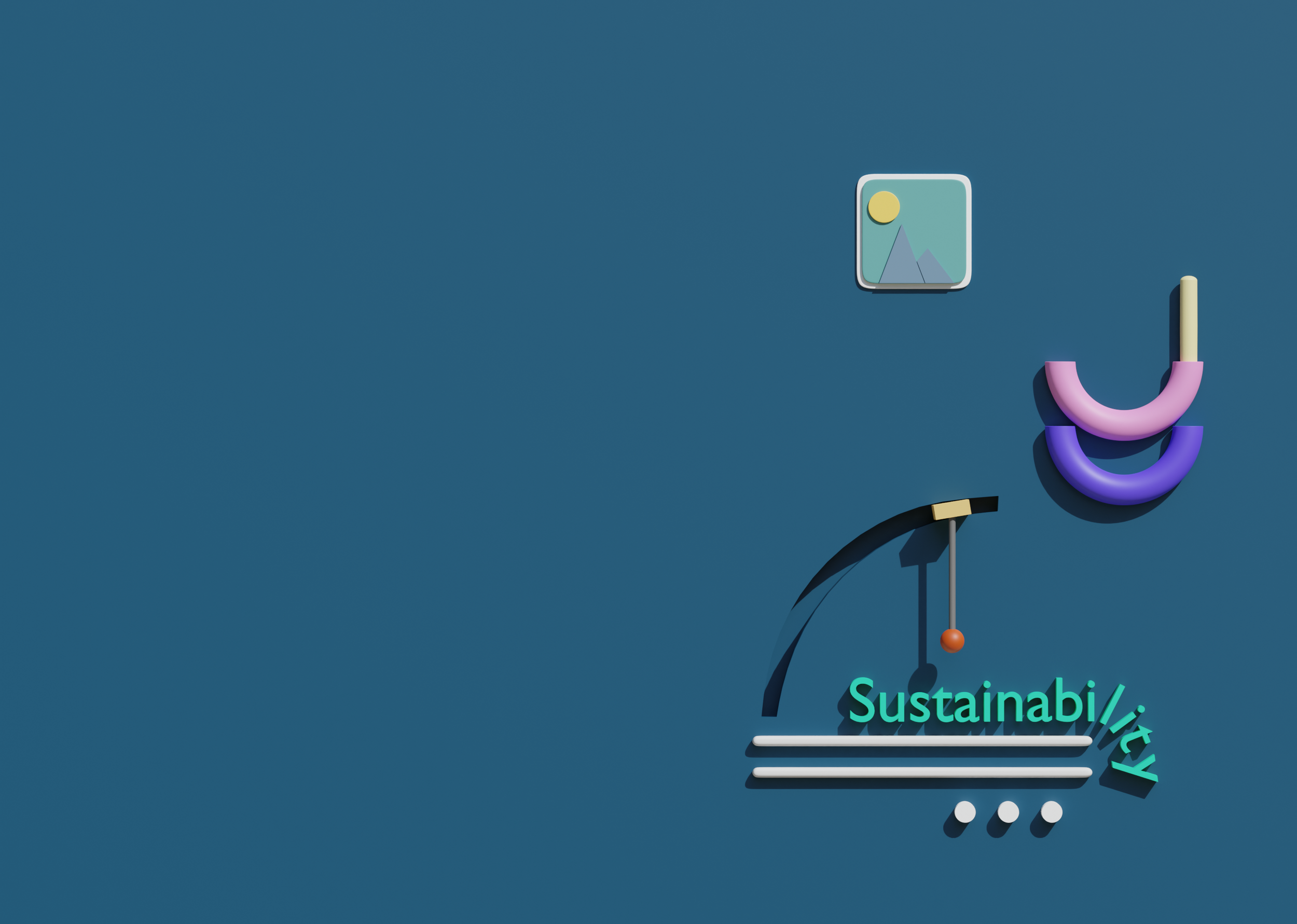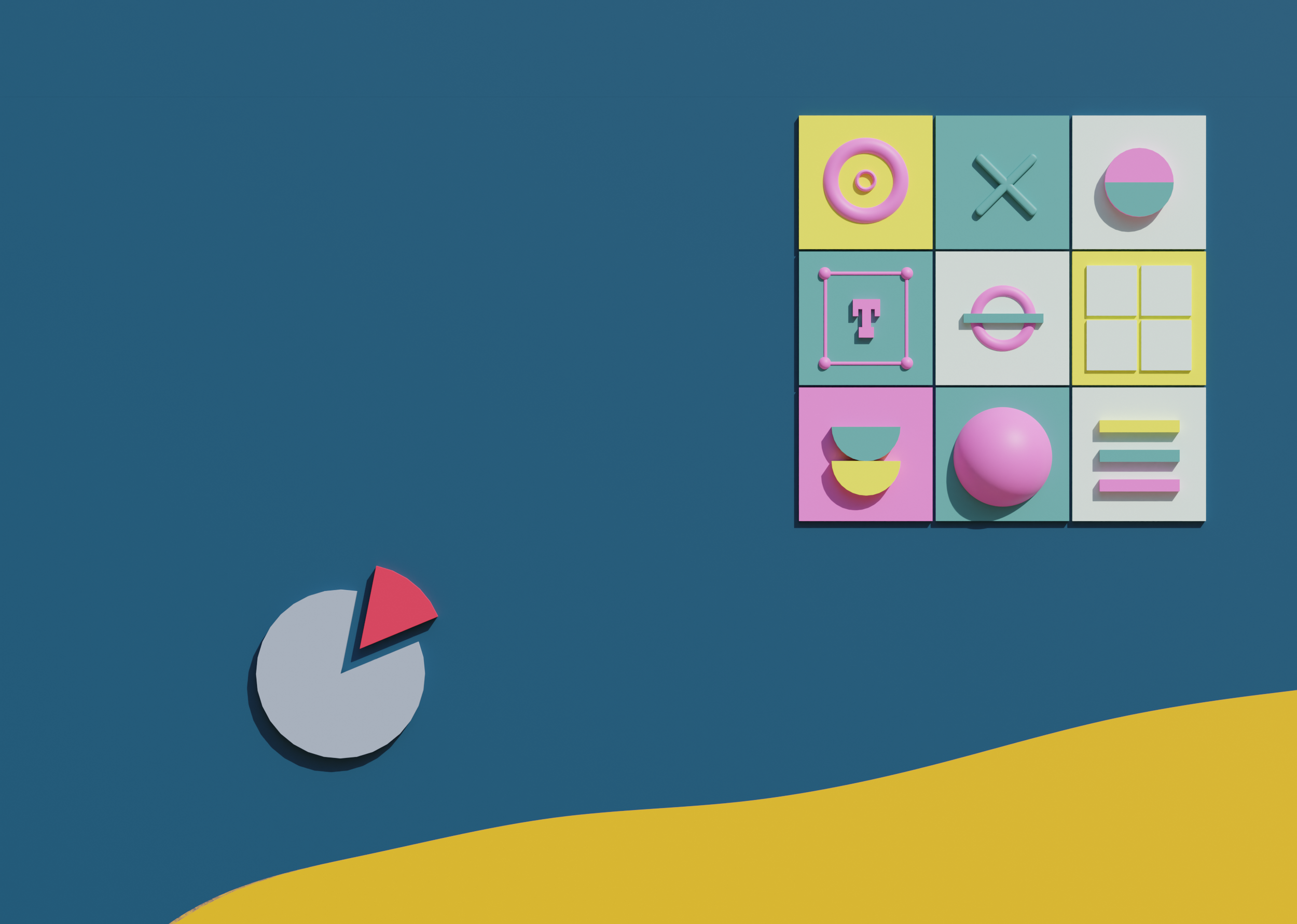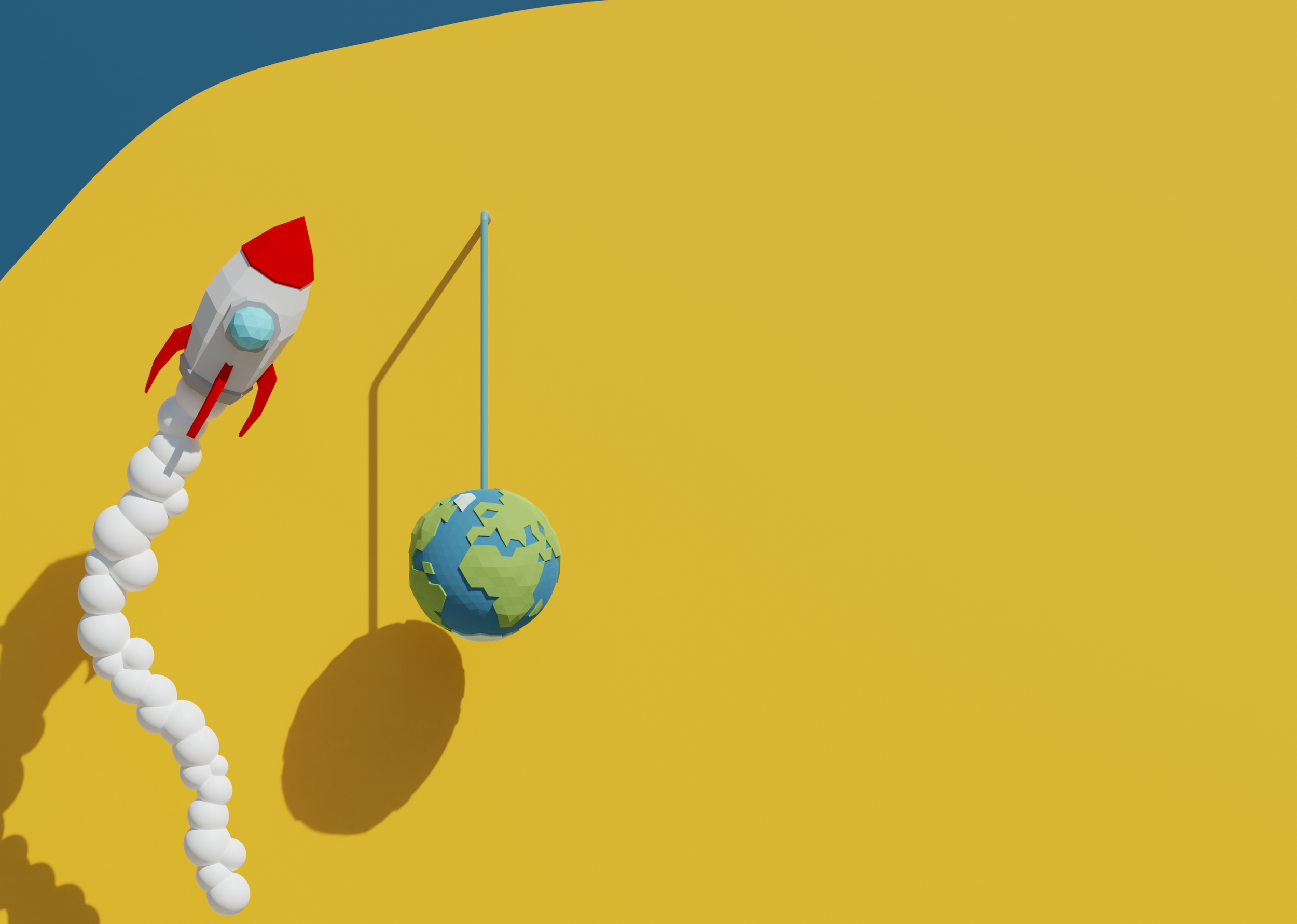
Professional Identity
I see myself as a social designer, as my designs develop around the social interactivity with clients, expert and the user. In my opinion, implementing the feedback and opinions from the end-user of the product, is a very valuable aspect of design. Every person is different and has a personal set of needs and wishes. During a design project it is therefore important to gather insights into the context and target user to create an outcome that suits the intended user. This does not mean I only design things that are totally aligned with the user’s needs. I also see design as a tool to let the user realize certain aspects of their lifestyle and enable them to critically think about themselves and how they could change their behavior or daily habits. It is my intention to explore the deeper reasoning behind a user’s needs and translate the findings into a meaningful product using innovative technology to create a valuable and seamless interaction.
During the design process, my focus is drawn towards the sustainability, interaction and aesthetics of the product. This results in my strengths being concept generation through ideation, brainstorming and user studies. These methods have allowed me to develop my technological skills, which contributes to my ability to translate a concept into a high-fidelity and functioning prototype. In my opinion, a good design needs to be presented in a professional way. The intention of the design should be clear and concise for everyone involved, from stakeholder to target user. To accomplish this, I have acquainted myself with various high quality prototyping methods like 3D printing, laser cutting and woodworking. This goes hand in hand with the hands-on design approach I like to take during a project. One of these skills includes making 3D models and sketches that can be 3D printed, used to visualize a concept or tell a story. This form of digital design is something that I started using during project two and kept developing ever since. I often use digital tools during my projects because of its scalability and flexibility. It is easy to add or remove certain aspects of a design when working in a 3D environment, the visual feedback is almost immediate. The tools used to make digital designs are evolving constantly, resulting in more and more powerful tools with virtually no limitations.

Additionally, the educational activities, extracurricular experiences and personal goals during my bachelor, have shaped me into a sustainability conscious designer. I always strive to integrate my vision during a design process and I have the feeling I have succeeded with my final bachelor project: Awayste. Awayste is a smart waste bin, which stimulates the user to actively think about sorting waste using artificial intelligence. The functionality of the artifact is an important feature, but the ability to inspire the user to actively think about our waste problem is what makes this design case extra interesting.
In terms of work attitude, you can expect me to come prepared and organized. I am aware of scheduling aspects like deadlines, meetings and the tasks at hand. In a team, I like to take the role of connector between multiple disciplines within the design process. During my work as furniture product designer at Goossens Wonen & Slapen, I have experienced how many different people are involved when developing a product from an idea to an in-store, sellable product. To document and incorporate the needs and thoughts of colleagues, manufacturers, stakeholders and users is a vital part of the design process. I especially like to focus on the user during a project, because I believe a design should bring an experience and communicate a message to the user.

Vision
We are living in a consumer society. A large part of people's sense of identity and meaning is achieved through the purchase and use of consumer goods and services. Over time, this development has become a risk to the future of our planet. Or even worse, a risk to all living things on the planet, Earth itself will survive. Overpopulation, natural resource depletion, poor waste management and the emission of hazardous substances are slowly making the planet less and less habitable. Climate change would be the most notable evidence that humankind has negatively influenced nature’s balance. In my opinion, designers have the responsibility to not only keep this in mind when designing new products, but also try to correct mistakes made in the past. A designer should always make well researched decisions regarding the environmental impact of a design. Next to a design being sustainably produced, it could preferably inspire and teach the user to make more environmentally friendly choices themselves. To realize a meaningful impact on fundamentally changing human practices towards a more sustainable future, a shift in perspective and behaviour is required. Industrial designers can act as a catalyst to create awareness, but also introduce innovative technologies which allow for a more environmentally aware society.
For a designer to create innovative design, he or she should be knowledgeable about the fast developing technologies within our current society. It is important to keep track of all innovations and identify suitable methods or technologies that suite the user’s needs, addresses their problems and enhances their value of living. Although there are very complicated technologies, I do believe simple and intuitive design works best to achieve certain (sustainability) goals. The meaning behind an interaction in design, is more important than it being a smart, fast-paced, technologically advanced interaction. I see a human driven design approach as a way to achieve a simple yet effective design, whilst using technology where needed. The cooperation between different disciplines and relevant actors within the design process is what makes the human driven design approach so effective at creating understandable designs. The technological advancement brings a lot of possibilities to designers, but finding simplicity in complexity is key. This is also true the other way around, behind god simplicity, often hides great complexity. This is what I learned during my internship and working for my own business. Simple, understandable and intuitive design is what works well in terms of sales and when you sell a lot of products, you reach a lot of people. This gives the designer the opportunity to connect this good selling product with a meaningful story, to create awareness around a subject like sustainability. To create a marketable, scalable and personal product, is also what I have tried to accomplish with my final bachelor project.

One thing I believe a designer should never forget, is the realization of where they are in the world and who they are designing for. I realize that during my bachelor, internship and own company, I have been designing mainly for the western world. Those same designs could be interpreted differently anywhere else, due to political conflicts and cultural or religious differences. I don’t think a designer can make a design that appeals to all people around the world, but I do believe a designer should be aware of the differences and limitations of actualities around the world. What happens in the world is a great inspiration source to create meaningful designs with your own personal touch.